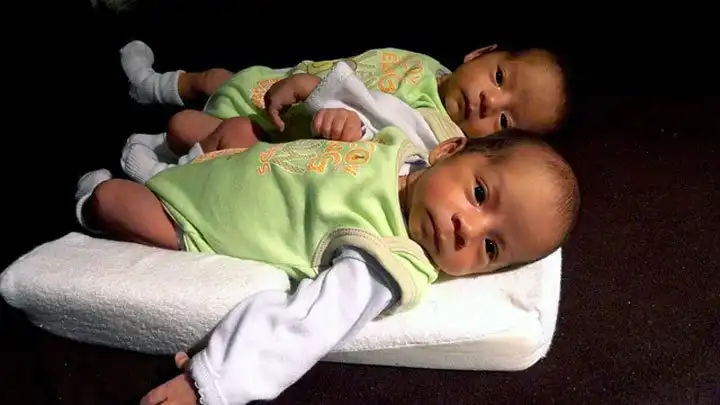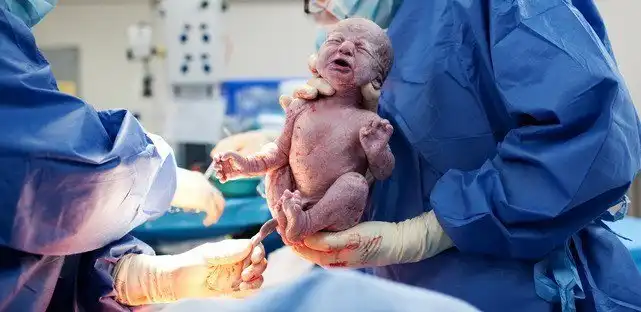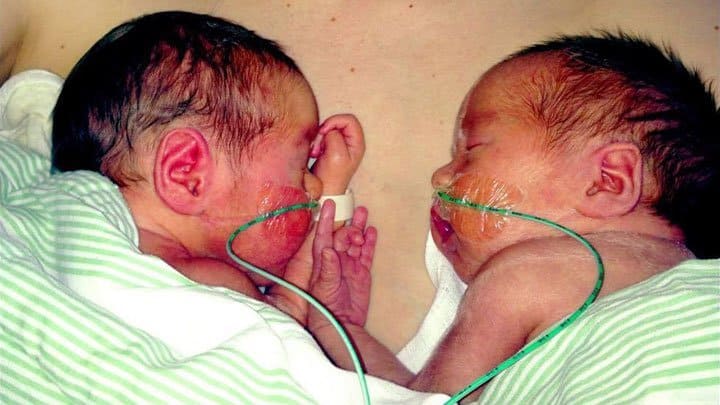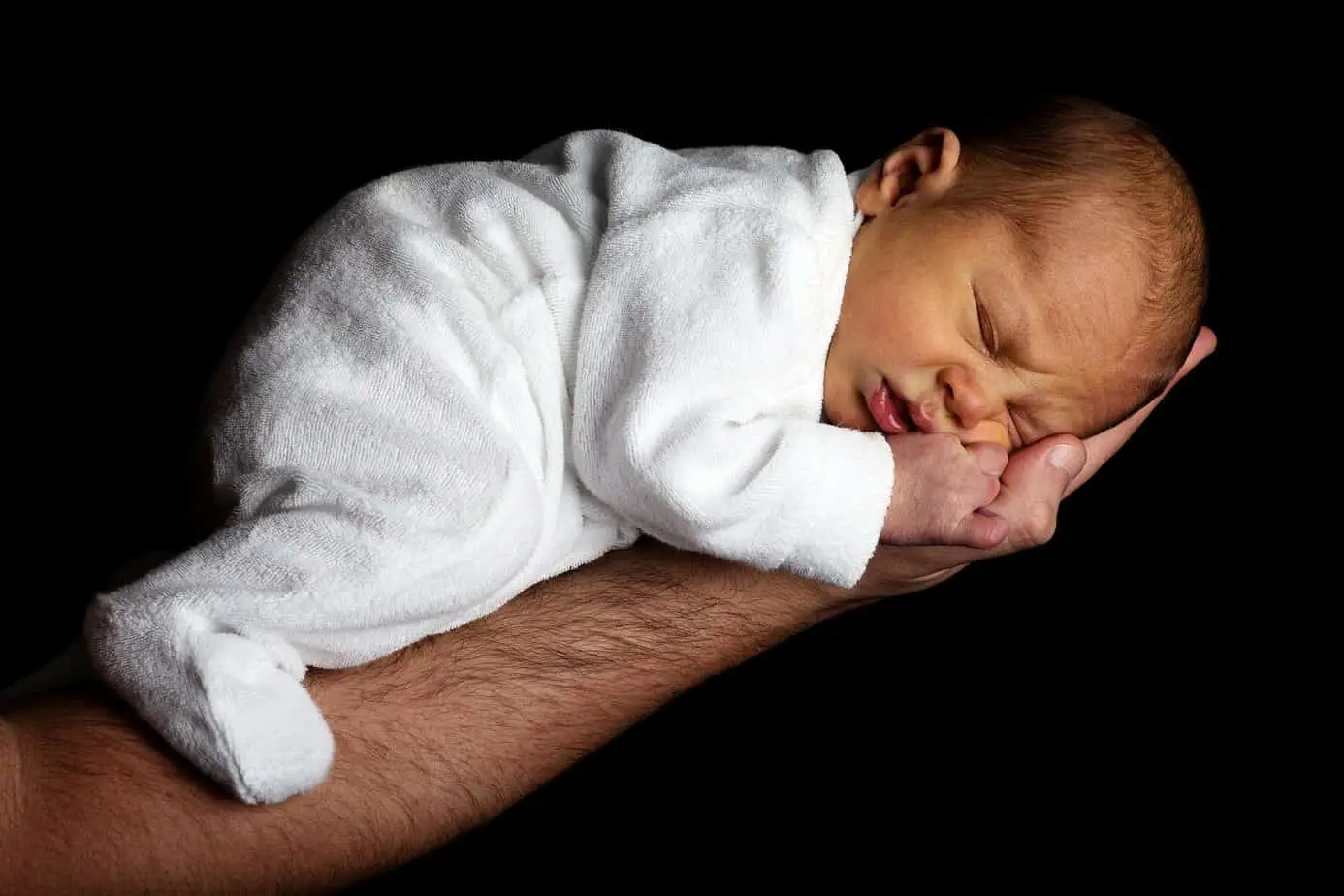Growth Restricted Babies Have Fewer Oxygen Reserves
Growth restricted babies have fewer oxygen reserves to deal with during labour. That was the conclusion of a retrospective study published in July 2017. The study was carried out at the Sant’Anna University Hospital in Italy. 930 babies born at term were analysed. One group – the control group – had an appropriate size for their gestational age. The other group consisted of 2 subgroups of babies. One group with babies small according to their gestational age and another with growth restricted babies. The growth restricted group of babies suffered growth restriction due to chronic hypoxia and undernutrition. Hypoxia is a condition in which the supply of oxygen is insufficient and the baby does not get the required amount of oxygen.
Continuous monitoring
The subgroup of growth restricted babies are the ones whose condition are expected to rapidly deteriorate during labour. They had a birth weight of less than the 3rd percentile for their gestational age.* The researchers confirmed their hypothesis that this group of babies have low oxygen reserves to deal with during labour and stressed the importance of detecting growth restriction during pregnancy. They also pointed out that mothers carrying growth restricted babies need continually cardiotocographic monitoring during labour.
*Have a look at estimated twin fetal weight charts for the second half of pregnancy.














